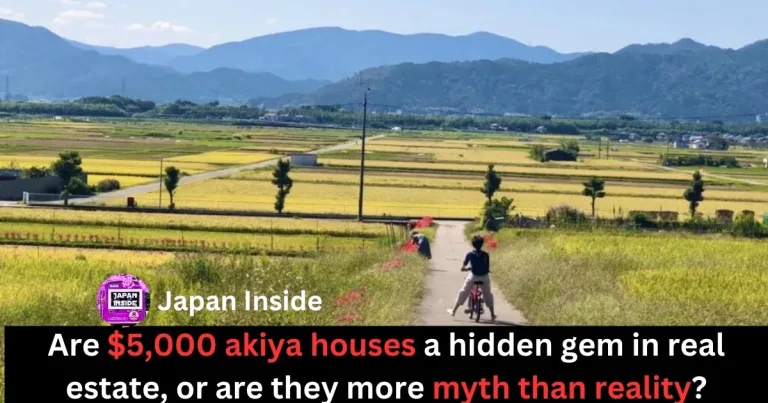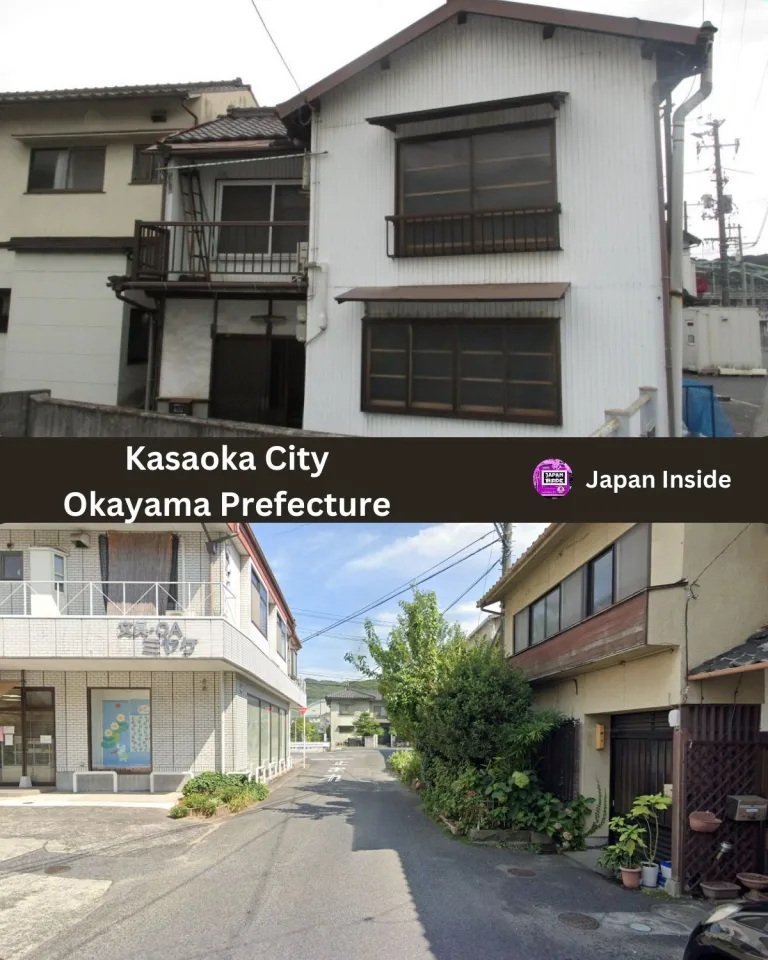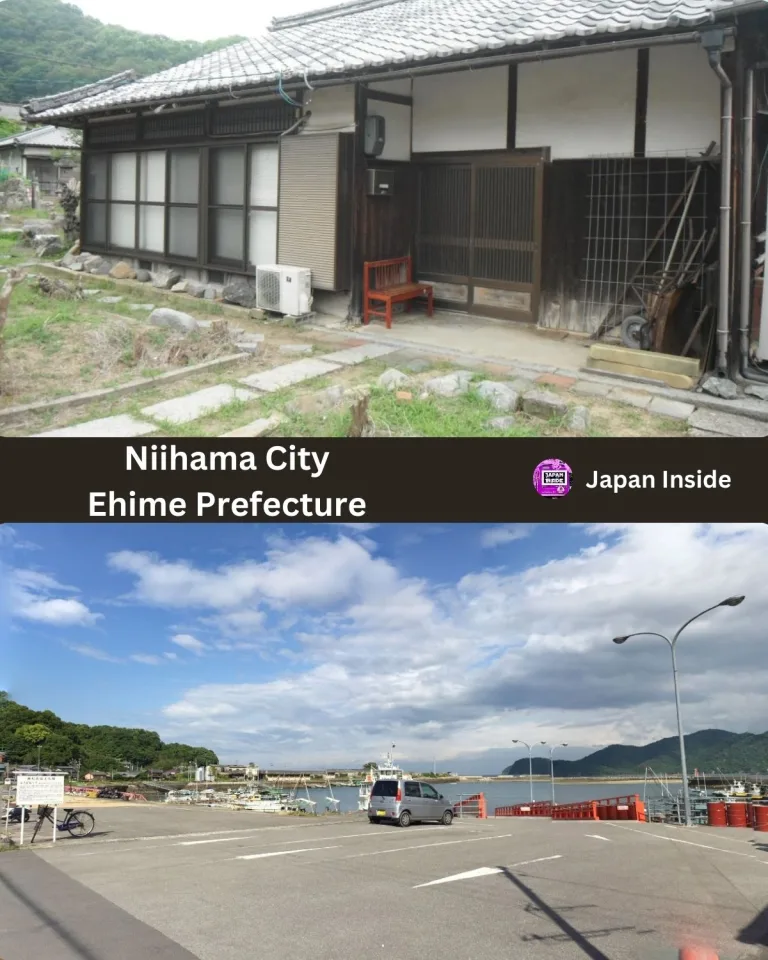How This American Man Bought Dream House in Japan For Just $6,000
Danny, originally from the United States, had always dreamed of owning a house in Japan. In 2021, he made that dream a reality by purchasing an abandoned house in Nara City for just $6,000.
However, as he soon discovered, the process of buying and renovating a cheap “akiya” (abandoned house) in Japan was not without its challenges.

Finding the Perfect Akiya
Danny’s journey began in January 2021 when he started searching online for abandoned houses in Japan. He used keywords like “akiya” and “Nara City” to narrow down his search results. After scrolling through dozens of listings, he found a promising property in the rural outskirts of Nara City.
Check Out These Akiya Deals:
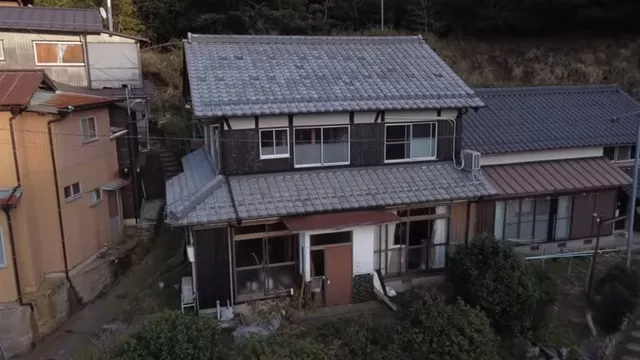
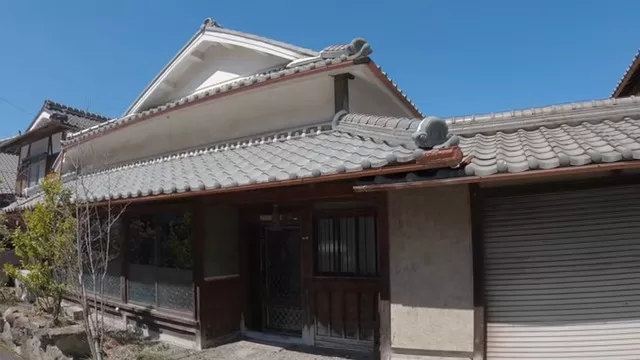
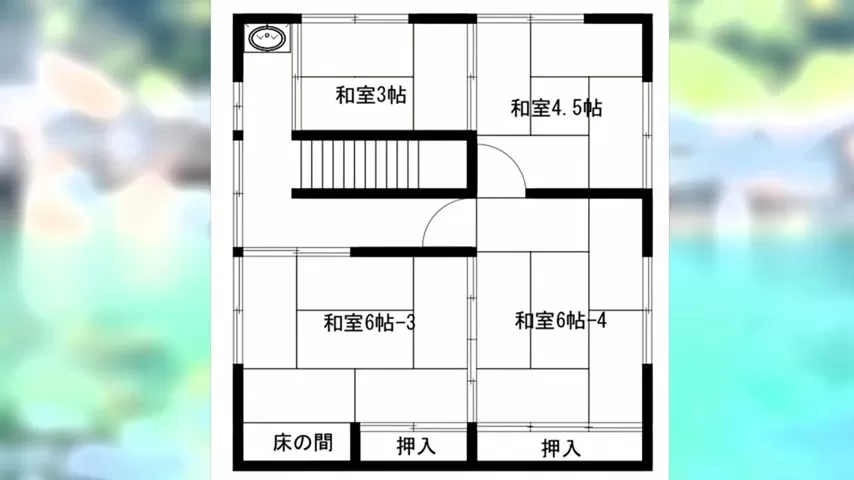
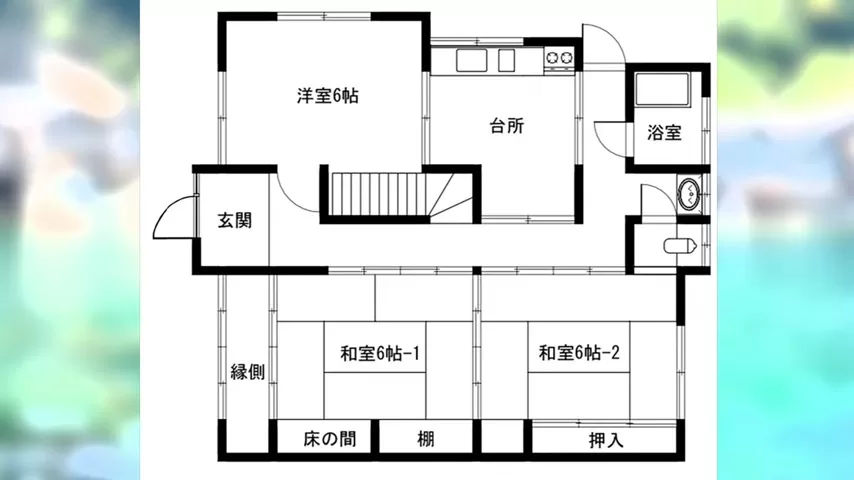
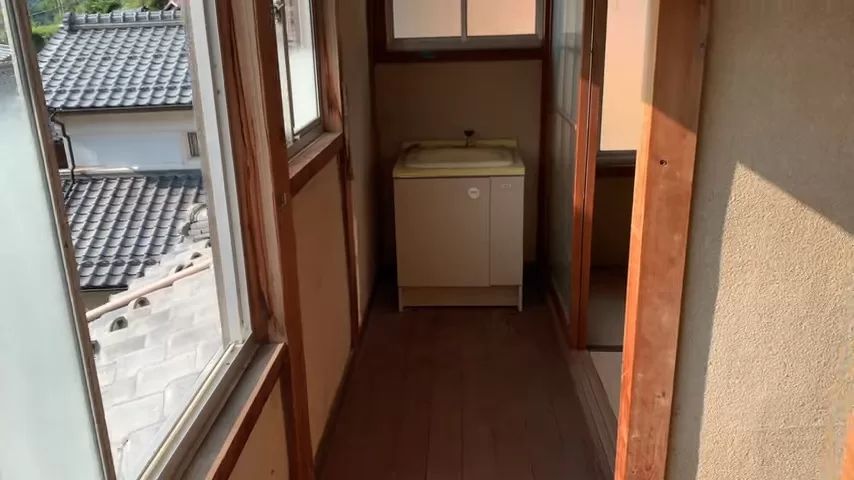
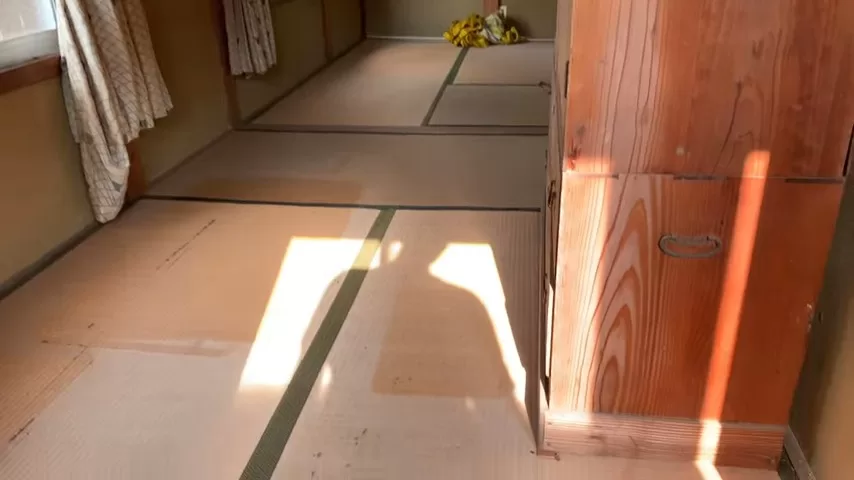
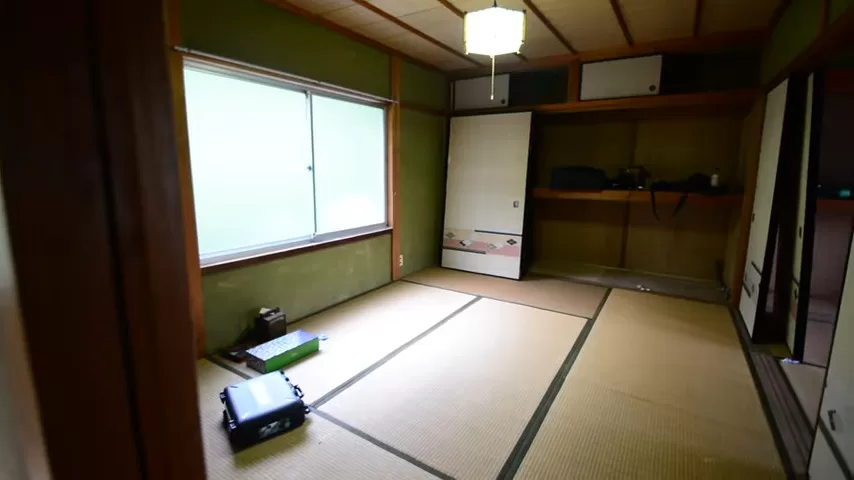
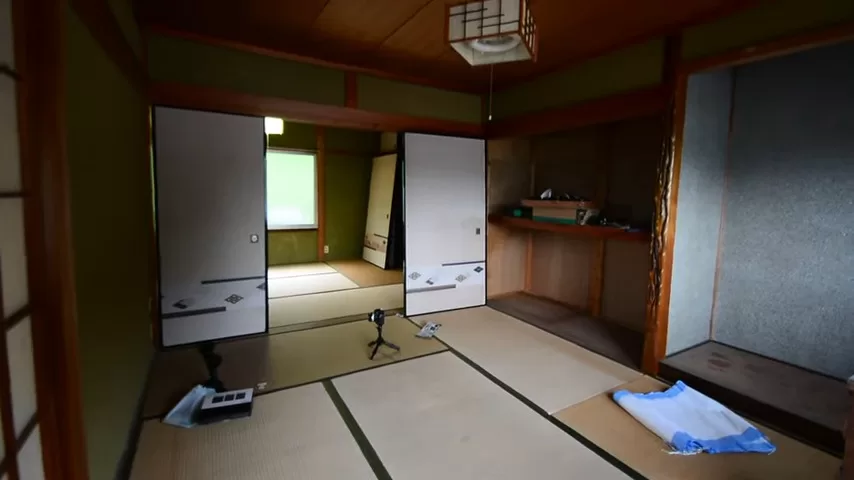
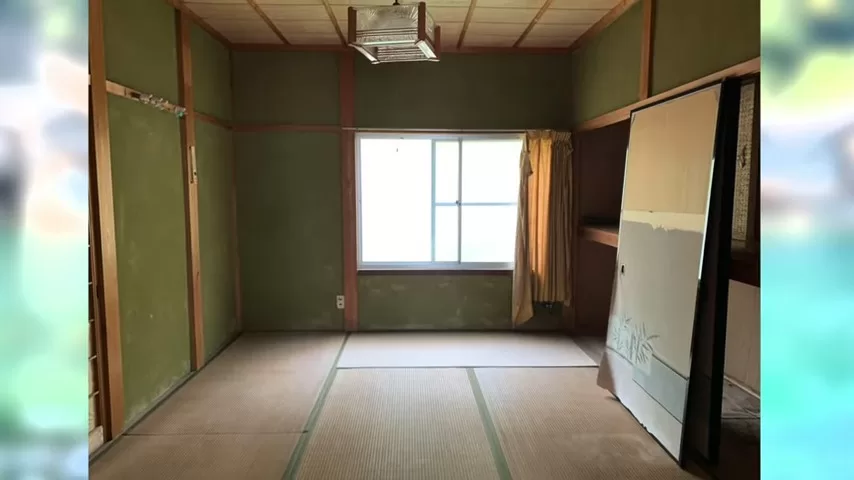

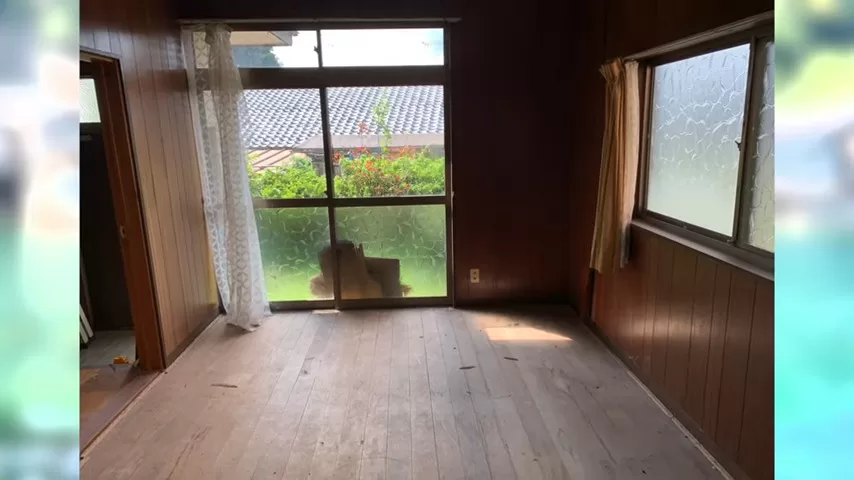
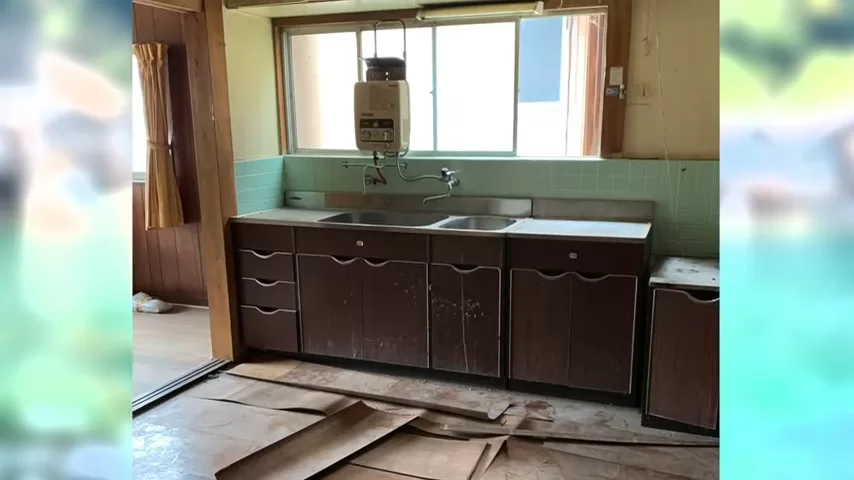
The house was a traditional Japanese-style home with tatami floors and sliding paper doors. It had been abandoned for over a decade and was in need of extensive renovations. However, the price was unbeatable at just $6,000 USD.
Navigating the Buying Process
In February 2021, Danny contacted the real estate agent listed on the property and expressed his interest in buying the house. The agent informed him that the house had seven siblings as owners, some of whom were estranged and had not spoken to each other in years.
Danny had to navigate the complicated process of tracking down all the owners and convincing them to agree to sell the house. This involved hiring a lawyer ($300) and paying for a house inspection ($200). The process took several months, but by June 2021, Danny had successfully purchased the house for $6,000.
Budgeting for Renovations
Danny knew that the house would require extensive renovations before it could be livable. He budgeted $13,800 for the renovations, which included:

Danny planned to do most of the work himself to save money on labor costs.
Location and Surroundings
Danny’s new house is located in a rural area of Nara City, surrounded by rice fields and mountains. The nearest grocery store is a 30-minute drive away, and the closest hospital is an hour away.
Despite the remote location, Danny fell in love with the area’s natural beauty and peaceful atmosphere. He plans to grow his own vegetables in the backyard and explore the nearby hiking trails.
Challenges of Countryside Living
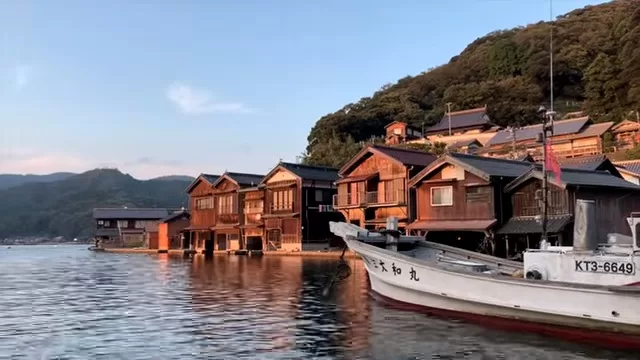
Living in rural Japan presents its own set of challenges, as Danny quickly discovered. The house has no central heating or air conditioning, which means it can get very cold in the winter and hot in the summer.
Danny also had to adjust to the slow pace of life in the countryside. Many shops and restaurants close early, and there are few entertainment options compared to big cities like Tokyo or Osaka.
However, Danny has embraced these challenges as part of the adventure of living in rural Japan. He has made friends with his neighbors, who have welcomed him into the community and taught him about local customs and traditions.
Final Cost For Danny’s Dream Home
Buying and renovating an abandoned house in Japan was not an easy process for Danny, but it was ultimately a rewarding one. For a total cost of $21,000 (including purchase price and renovations), he was able to own a piece of Japanese history and fulfill his dream of living in the countryside.
Danny’s story is a testament to the fact that with perseverance, creativity, and a willingness to embrace challenges, it is possible to turn a cheap abandoned house into a beautiful home in Japan.
While the process may not be for everyone, for those who are up for the adventure, buying an akiya can be a once-in-a-lifetime opportunity to experience a different way of life in one of the world’s most fascinating countries.
Danny’s Guide to Finding the Perfect Akiya
When Danny first decided to buy an abandoned house in Japan, he knew he had to do his research.

He started by using Google Translate to look up the Japanese word for “abandoned house,” which is “akiya.” Armed with this knowledge, he began his search in earnest.

Danny focused his search on Nara City, where he had previously visited and fallen in love with the area’s rich history and natural beauty. He typed “Nara akiya” into Google and was surprised to find dozens of listings for abandoned houses in the area.
He clicked on each listing and used Google Translate to navigate the Japanese-language websites. He looked for key information such as the price, location, size, and condition of each property.
Danny also used Google Maps to explore the surrounding areas of each listing. He looked for nearby amenities such as grocery stores, hospitals, and public transportation. He also checked the distance to major cities like Osaka and Kyoto, in case he needed to travel for work or leisure.
After several weeks of searching, Danny had compiled a list of his top five properties. He then contacted the real estate agents for each listing and arranged for virtual tours of the properties.
During the virtual tours, Danny asked the agents detailed questions about the history and condition of each house. He also inquired about the local community and any potential challenges he might face as a foreigner living in rural Japan.
Based on the information he gathered, Danny narrowed his list down to two properties. He then arranged for in-person visits to each house, taking careful notes and photos during each visit.
Ultimately, Danny chose a traditional Japanese-style house with a thatched roof and a spacious backyard. The house was located in a quiet village surrounded by rice fields and mountains, with a friendly community of neighbors who welcomed him with open arms.
Danny’s experience taught him the importance of doing thorough research when buying an akiya in Japan. By using tools like Google Translate and Google Maps, he was able to navigate the language barrier and find his dream home in Nara City.
For other foreigners considering buying an akiya in Japan, Danny recommends the following steps:
- Use Google Translate to look up key words and phrases related to housing and real estate in Japan.
- Focus your search on a specific area or region that interests you, and use Google Maps to explore the surrounding areas.
- Click on each listing and use Google Translate to gather key information about the property, such as price, size, and condition.
- Contact the real estate agent for each listing and arrange for virtual or in-person tours of the properties that interest you.
- Ask detailed questions about the history and condition of each house, as well as the local community and any potential challenges you might face as a foreigner living in rural Japan.
- Take careful notes and photos during each visit, and trust your instincts when making a final decision.
By following these steps and doing thorough research, foreigners can find their dream akiya in Japan and experience the unique joys and challenges of countryside living.
User Comments and Experiences
- “Back in the day, when I purchased my first home to live-in; that was Miami in the early 1990s, first mortgages with rates of 8 to 9% and 9% to 10% were typical. People will have to accept the possibility that we won’t ever return to 3%.”
- “For those who don’t know, one must have a sponsor to live in Japan long-term. Usually the place you are employed at or a Japanese spouse. Also, these houses have no heat. It will be freezing. Also, termites.”
- “People in rural Japan tend to be very nosey with each other. Some of them hate foreigners. They know what their neighbors are doing every minute under their 24/7 surveillance and constantly badmouth on somebody in the town.”
- “Living in the countryside of Japan is waaaaaaaaaaaay harder than living in the cities. I’m Japanese, but the times after moving from Osaka to Okayama was really tough. There are so many unspoken rules, and even if you completely understand those, and even if you are willing to have a good relationship between the neighbours, they still treat you as an annoying outsider.”
- “There is a lot more to the story of buying an Akiya and living in Japan. First, you need to be able to live in Japan in the first place. This, for most people, means you can get a work visa, or marry a Japanese national who earns enough to support the both of you.”
You can watch Danny’s entire journey of buying and renovating this house on his Youtube channel.
